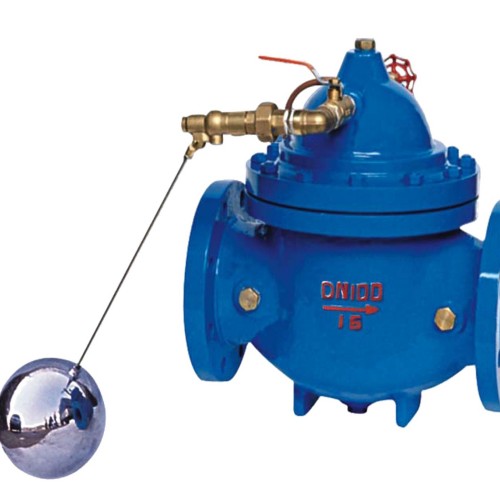gate valve manual
Understanding Gate Valves A Comprehensive Manual
Gate valves play a crucial role in various piping systems, providing a reliable means to control the flow of fluids in industrial and residential applications. This article offers a comprehensive overview of gate valves, their operation, maintenance, and common applications.
What is a Gate Valve?
A gate valve is a type of valve used to start or stop the flow of fluid in a pipeline. Unlike other types of valves, such as globe valves or ball valves, gate valves are designed to remain either fully open or fully closed. This characteristic makes them ideal for applications where a straight-line flow of fluid is essential, minimizing pressure drop across the valve.
Design and Operation
The primary components of a gate valve include the body, gate, seat, and actuator. The gate is a solid piece that moves up and down within the valve body. When the valve is in the open position, the gate sits above the flow path, allowing the fluid to pass through unimpeded. Conversely, when the valve is closed, the gate fits snugly against the seat to create a seal, preventing fluid flow.
Operation of a gate valve is typically achieved through a handwheel, gear, or actuator. The position of the gate is crucial to its function; therefore, it is essential that the actuator or handwheel operates smoothly to avoid damaging the valve or the piping system.
Applications of Gate Valves
Gate valves are commonly used in various industries, including water treatment, oil and gas, power generation, and municipal water supply systems. Their ability to handle high pressure and temperature makes them suitable for many demanding applications. They are often employed in systems that require infrequent adjustments to the flow, such as isolation applications.
gate valve manual

Maintenance and Troubleshooting
Regular maintenance of gate valves is vital to ensure their longevity and reliable operation. The following steps can help maintain optimal performance
1. Inspection Periodically inspect the valve for any signs of wear or damage. Pay close attention to the seating surface, as this area is critical for a proper seal.
2. Lubrication Lubricate the stem and any moving parts of the actuator regularly to prevent rust and ensure smooth operation.
3. Testing Conduct routine tests to ensure the valve opens and closes fully without any obstructions. If you notice any leakage or difficulty in operation, it may indicate a problem that needs to be addressed.
4. Replacement If a valve is found to be defective beyond repair, it should be replaced promptly to prevent system failures or leaks.
Conclusion
Gate valves are essential components in many fluid control systems. Their straightforward design allows for efficient operation and minimal fluid resistance when fully open, making them an excellent choice for many applications. By understanding the fundamentals of gate valves, including their design, operation, and maintenance, users can ensure their systems run smoothly and effectively. Proper management of these valves will not only enhance performance but also extend their lifespan, ultimately leading to reduced downtime and maintenance costs.
-
Premium Gas Ball Valves: Safe & Reliable Flow ControlNewsAug.31,2025
-
High-Security Lockable Gas Valve - Tamper-Proof ControlNewsAug.30,2025
-
Reliable Hydraulic Valves for Efficient Fluid ControlNewsAug.29,2025
-
Reliable Electric Actuators for Industrial Valve AutomationNewsAug.29,2025
-
Premium Line Blind Valves for Secure Pipeline IsolationNewsAug.29,2025
-
Premium Electric Valves for Smart Fluid Control SolutionsNewsAug.29,2025
-
Precision Balanced Valves for Optimal System PerformanceNewsAug.29,2025




